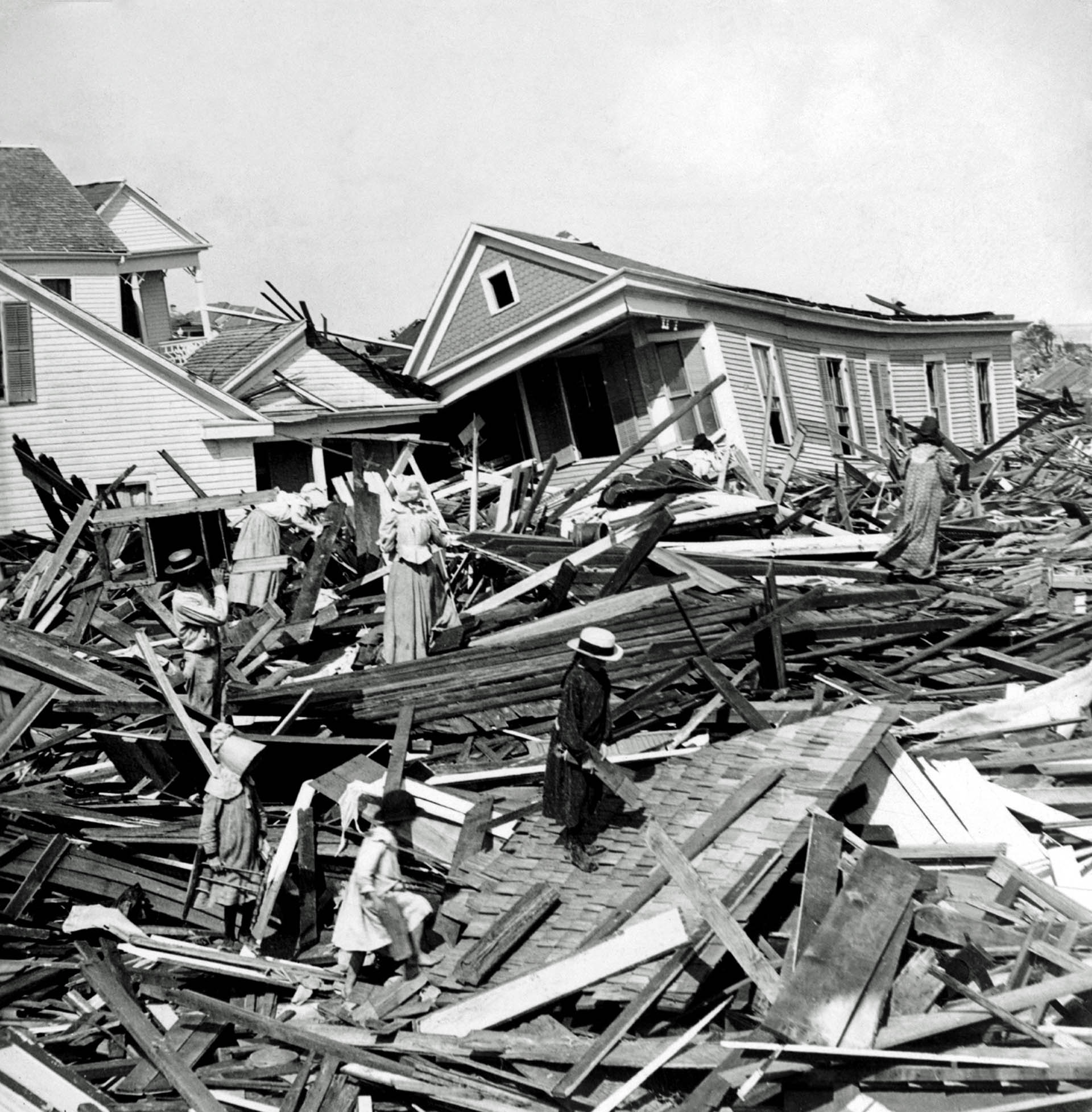Fresh, cutting edge content delivered direct to your inbox and as interactive lessons
within The Layered Earth Meteorology software & curriculum.
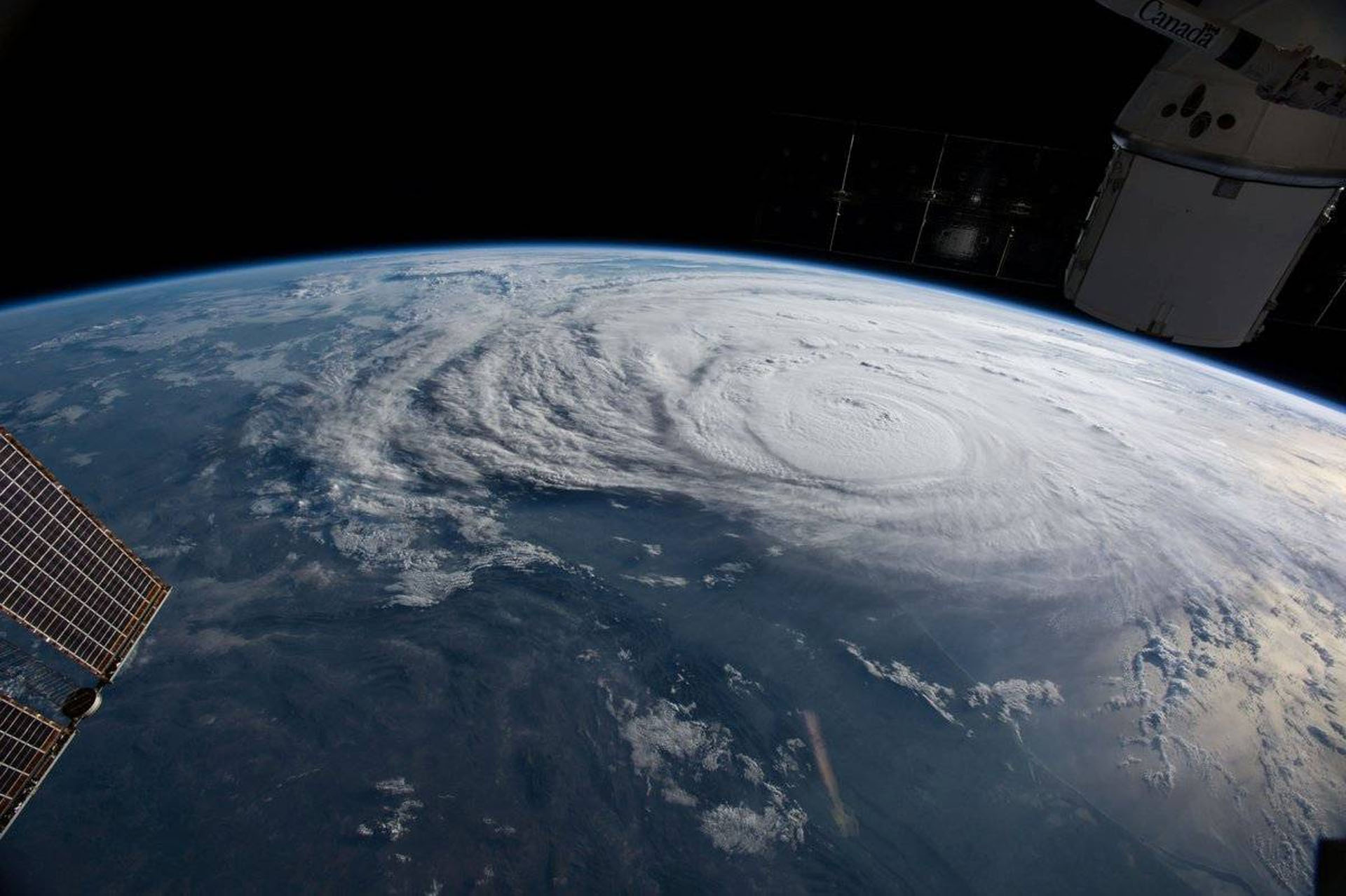
At the end of August, 2017, the southern parts of Texas and Louisiana were struck by the biggest rainstorm in recorded history to ever hit the continental United States. This massive rainfall was part of a powerful storm known as Hurricane Harvey that initially began life as a relatively innocuous tropical storm just 400 km (249 miles) east of the island of Barbados on the eastern border of the Caribbean Sea. The storm, however, rapidly transformed itself into a powerful level 4 hurricane after entering the Gulf of Mexico.
A highly interactive version of this lesson plan with additional features is available for users of The Layered Earth Meteorology Web software. To find this content in TLE Meteorology open the EarthGuide pane on the left and click on the Teachable Moments icon. If you do not own TLE Meteorology, you can still use this document to learn more about the historic Hurricane Harvey.
The Layered Earth Meteorology is available for desktop computers, Chromebook, and mobile devices. Educational versions are available that teach all your Astronomy and Space Science topics by combining interactive software exercises, hands-on activities and thought- provoking discussion questions. You’ll be amazed at how quickly your students grasp the fundamentals of astronomy.
Major storms that originate in the North Atlantic Ocean are named from an alphabetical list composed by the National Hurricane Center in Miami. The 2017 list starts with the name Arlene and ends with the name Whitney. The storm that eventually became Hurricane Harvey was the eighth major storm of the 2017 Atlantic hurricane season. The eighth name on the 2017 National Hurricane Center list is Harvey, hence the name Hurricane Harvey
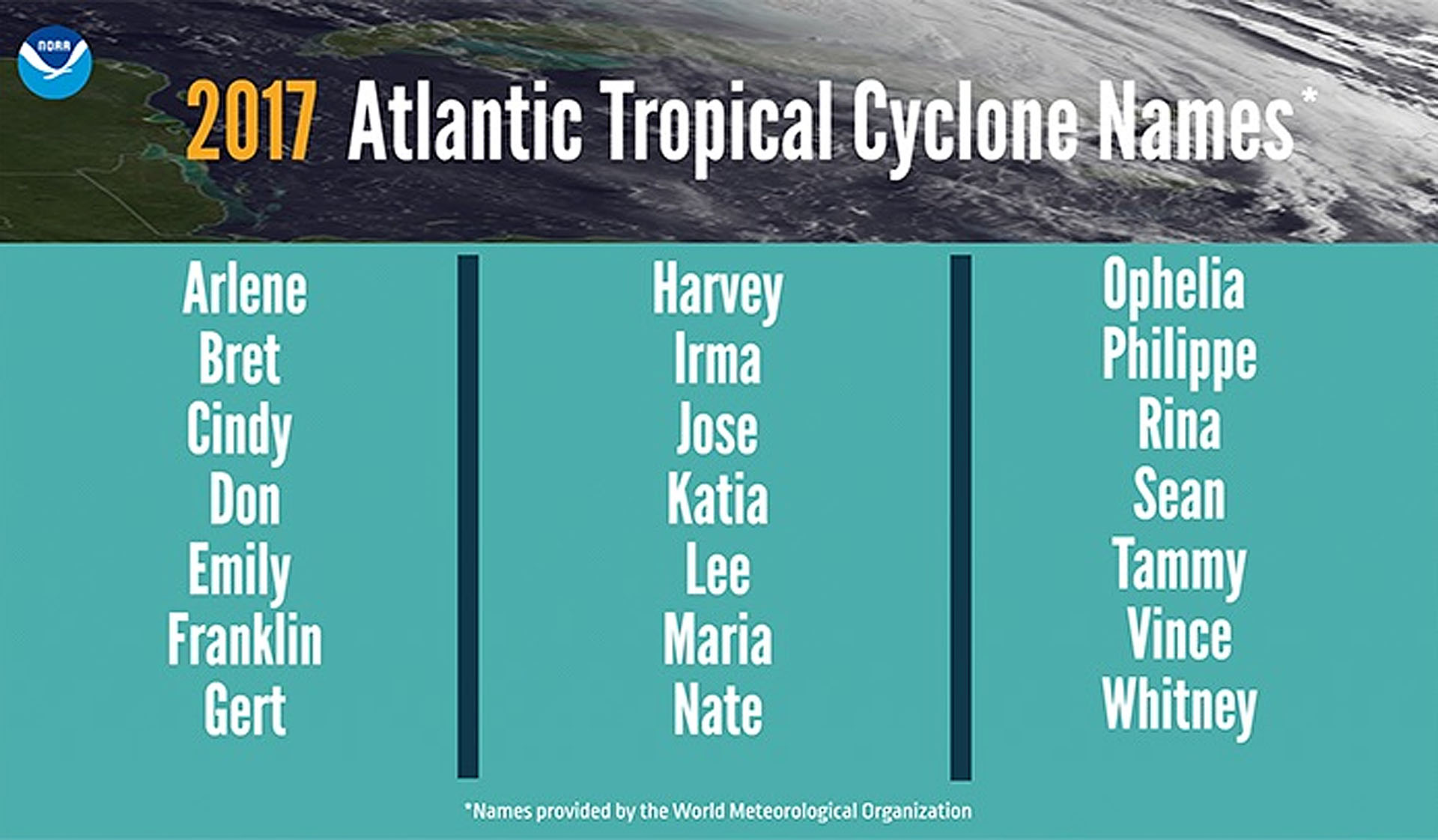
A hurricane typically develops over the warm oceans of the tropics. It initially starts out as a group of thunderstorms. At this stage it is known as a topical depression since the wind speed does not exceed 61 km/h (i.e. 38 mph). If the storm continues to gain in intensity and achieves a wind speed between 61-118 km/h (i.e. 38-73 mph), it becomes known as a tropical storm. The storm finally achieves hurricane status when it achieves sustained wind speeds in excess of 119 km/h (i.e. 74 mph).
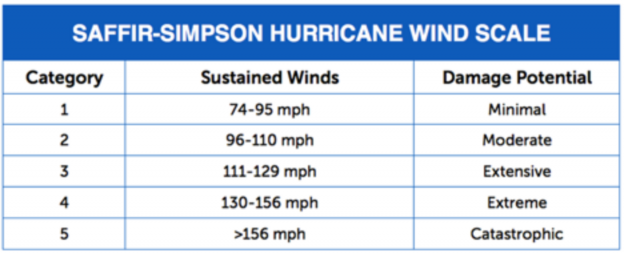
The relative intensity of a hurricane is categorized by a chart known as the Saffir-Simpson
Scale.

Hurricane Harvey was the strongest storm to hit Texas since the advent of Hurricane Carla in 1961. Carla was a category 4 hurricane when it made landfall on the Texas coast on Sept. 11, 1961. Carla was responsible for the deaths of 46 people; it also spawned 18 tornadoes. Hurricane Carla.
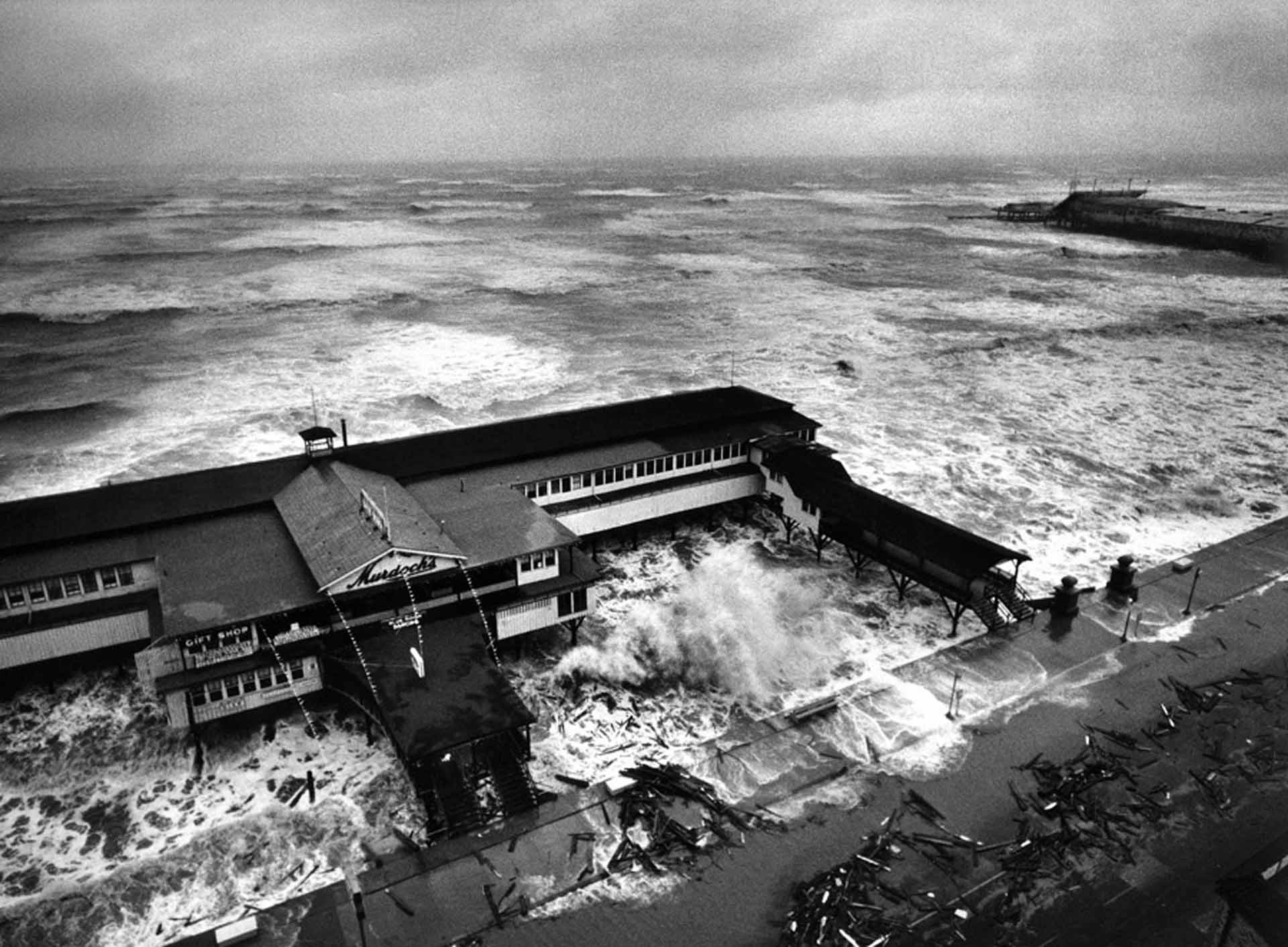
Harvey displaced an estimated 750,000 people from their homes. Harvey caused an estimated $150 billion to $180 billion in damages to homes, buildings, and infrastructure. Harvey’s damage total is expected to exceed the $120 billion in damages from Hurricane Katrina.
Although high winds from Harvey certainly caused significant damage, the greatest damage, however, resulted from the severe flooding caused by the massive amounts of rain that fell over the course of Harvey’s lifetime. Hurricane Harvey actually ended up being the most extreme rain event in U.S. history. An estimated 125 trillion litres (33 trillion gallons) of water collectively fell on Texas, Louisiana, Tennessee and Kentucky. By way of comparison, the entire volume of Chesapeake Bay is only 68 trillion litres (18 trillion gallons).
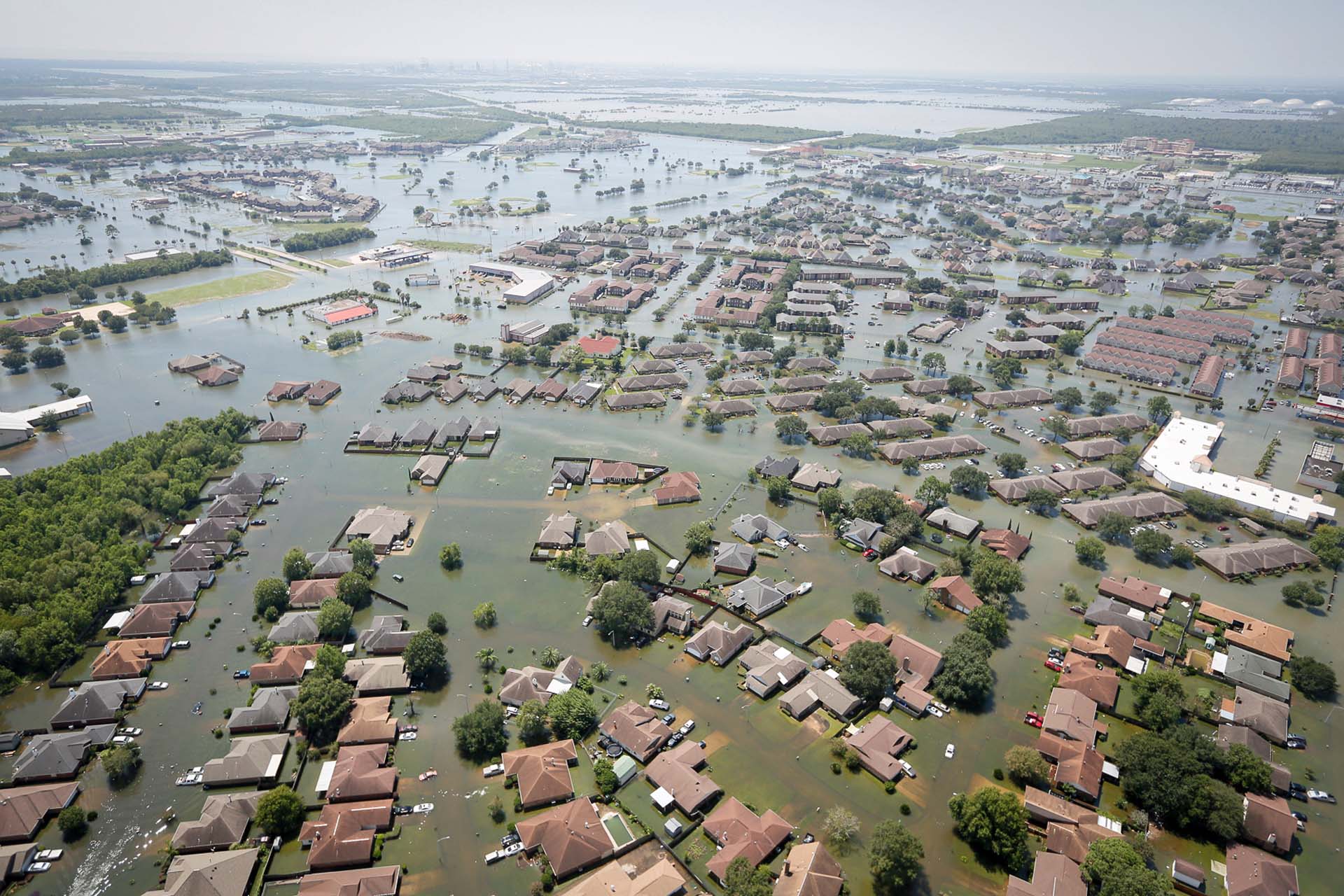
The deadliest hurricane in U.S. history also occurred in Texas. The Great Galveston Hurricane of 1900 was a category 4 hurricane that made landfall on Sept. 8, 1900 in Galveston, Texas. It had winds up to 233 km/h (145 mph) along with a storm surge of 4.6m (15 ft). An estimated 8,000 people died as a result of the hurricane, primarily due to the storm surge.
